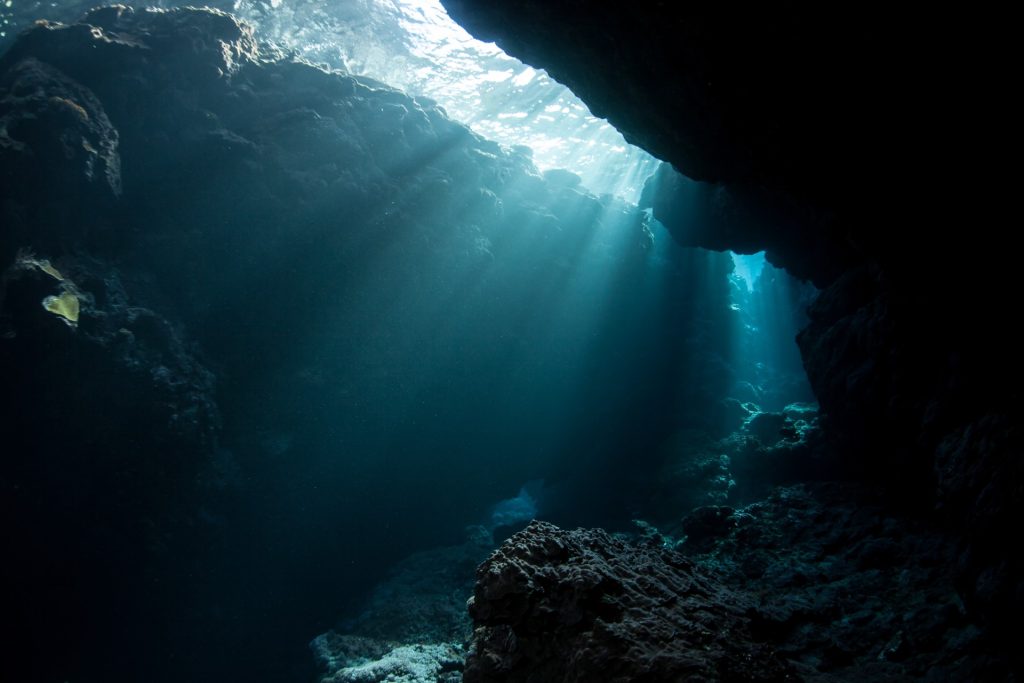For the first time ever, a living Centroscymnus owstonii shark has been filmed in its natural habitat.
Others are reading now
Exploration of Earth’s vast oceans continues to uncover new mysteries and species, often with the aid of advanced technology.
A breakthrough moment in deep-sea research occurred recently when the first-ever footage of a live Centroscymnus owstonii shark was captured in the depths of the Caribbean Sea near Little Cayman.
The First Live Sighting
This rare footage was recorded using a dBRUVS (deep Baited Remote Underwater Video System), a tool designed for observing marine life in extreme underwater conditions.
At a depth of 3,700 feet, the shark was drawn to a bait of 1.2 pounds of sardines.
Also read
Previously, this species of deep-sea shark had been known only from carcasses recovered during explorations, with no live specimens ever documented.

The footage revealed not just one, but three Centroscymnus owstonii individuals during the study, as reported by WP Tech.
In total, the sharks appeared 54 times on video, resulting in nearly 11 minutes of observation material.
Originally discovered near the Japanese Islands, the Centroscymnus owstonii shark measures about 120 cm in length. Its global distribution remains uncertain, but the species is believed to inhabit deep waters across isolated regions.
“This study highlights how dBRUVS can be a useful tool in deep-sea exploration and biodiversity studies, effectively expanding our knowledge base on the biology of deep-sea shark species,” the researchers noted in their paper published in the Journal of Fish Biology.


